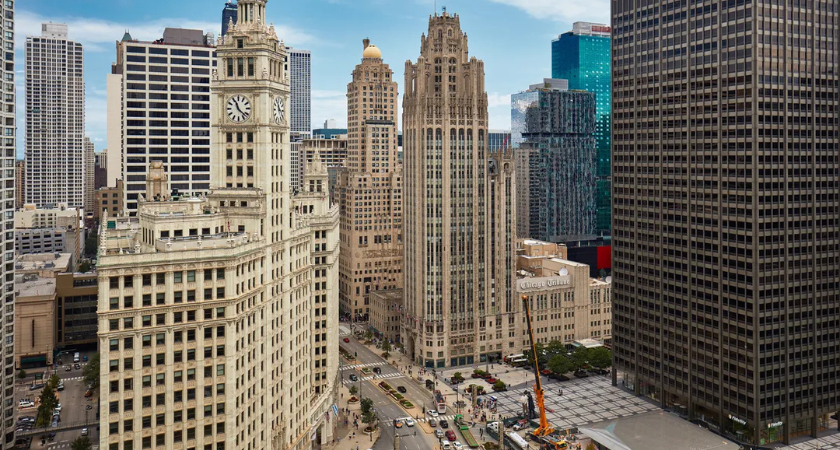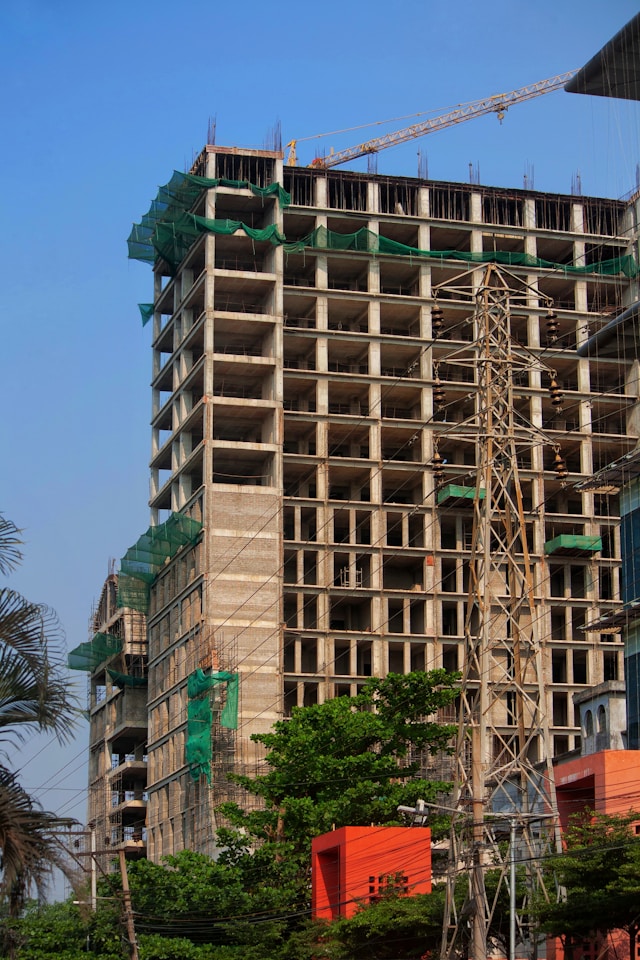
As major U.S. cities search for solutions to the dual challenges of office vacancies and housing shortages, Chicago is watching closely as New York City experiences a remarkable office-to-housing conversion boom. Now, advocates say the Windy City could follow suit — and potentially transform its downtown landscape in the process.
Inside the historic Pittsfield Building, one of Chicago’s architectural gems from 1927, breakfast-goers at the Pittsfield Cafe dine beneath vacant office floors that soon may see new life. The Chicago City Council recently approved a plan to convert the Art Deco skyscraper’s unused upper floors into 214 residential apartments, adding to 228 units previously greenlit — signaling growing momentum for adaptive reuse projects.

Across the country, similar projects have taken off. In New York City, office-to-housing conversions doubled year-over-year, jumping from 1.6 million square feet in 2023 to 3.3 million square feet in 2024, as developers capitalize on lower office demand and rising housing needs.
According to Illinois Policy, a nonpartisan advocacy organization, Chicago faces an affordable housing shortfall of about 100,000 homes, and repurposing commercial space could be part of the solution.
“Chicago’s commercial vacancies could help its residential shortage if policymakers are willing to make it a priority,” the organization said in a recent analysis.
While Chicago’s downtown vacancy rate currently stands at 28% — more than double New York City’s 13%, the two cities differ in how they approach adaptive reuse. Illinois Policy notes that Chicago takes “a more narrow, case-by-case approach” to financial assistance for office-to-residential conversion projects, while New York has implemented tax incentives and streamlined approvals to encourage more activity.
Still, progress is underway. At least 11 major office conversion projects are in various stages of planning or development across downtown Chicago, many of which are part of the city’s LaSalle Street Reimagined initiative. That effort aims to add 1,765 mixed-income units and repurpose more than 2 million square feet of empty commercial space to reinvigorate the city’s historic financial corridor.
Illinois Policy outlined three key recommendations for Chicago to expand its conversion momentum:

The city currently requires that 20% of units in new residential projects be affordable. The organization suggests adopting a property tax abatement model like New York’s, which has proven to draw private investment.
Officials should make office-to-housing conversions central to the city’s goal of transforming downtown into “a livable neighborhood, not just a business hub.”
Simplifying the approval process could remove costly delays and encourage more developers to take on adaptive reuse projects.
“Converting empty office space into housing won’t solve Chicago’s housing shortage overnight, but it can make a meaningful dent while revitalizing the city’s commercial core,” Illinois Policy stated.
The Pittsfield redevelopment project reflects that vision — blending affordability and revitalization. According to Block Club Chicago, the apartments will include a mix of studio, one-, two-, and three-bedroom units, with 20% designated as affordable under the city’s existing requirements.
With housing affordability becoming one of Chicago’s most pressing urban challenges, the question remains whether city leaders will expand incentives and adopt a broader strategy similar to New York’s. If they do, the once-silent towers of downtown could once again fill with light — not from offices, but from homes.
Originally reported by Ryan Kushner in Construction Dive.